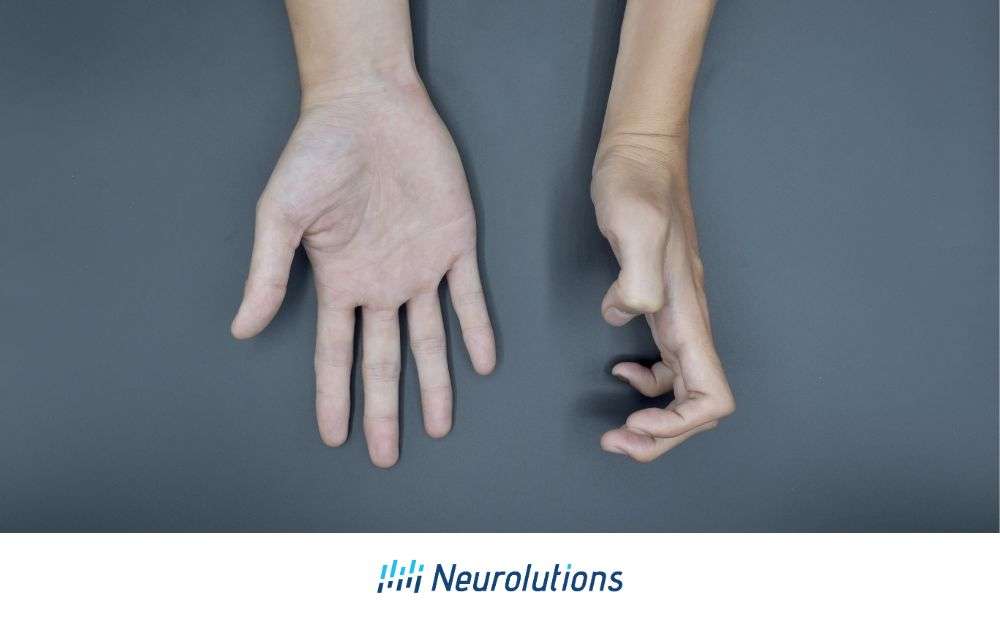This time of year can be very stressful for many, especially for stroke survivors and caregivers. Not only are there many extra events people would like to attend placing more stress on all members of the family, but financial concerns also increase during this time of year as well putting extra stress on the family unit. The problem of ice, snow, and cold weather also presents another layer of stress and navigation when attending not only extra holiday events but also routine tasks like grocery shopping or going to medical appointments. This article is meant to be a helpful quick guide for safety and stress for stroke survivors during the holidays.
1. Fall Prevention
Set yourself up for success when preparing to complete a transfer in cold weather or unfamiliar places. Transfers in the community can be difficult at times, but even more so when it is cold, snowy, or icing. Although you feel it is bothersome to bring assistive devices such as walkers or canes and orthotics, they are imperative for car transfers and when in the community and others’ homes. It can also be more difficult to navigate wearing extra layers of clothing such as gloves or large coats so planning when to take on and off prior to the transfers may be helpful as well.
Preplan For Mobility
For example, if you are going out for a holiday dinner, it may be easier to complete bathroom tasks in your home and familiar setup. Completing tasks such as using the bathroom prior to leaving the house. It can also be helpful to speak with the host of the event to find out about the steps required to enter the home or other details to help plan prior to attending.
Non-Slip Footwear
Non-Slip footwear is essential in any weather but especially important during the cold months due to the increased likelihood of ice or snow causing slipping. Some stroke survivors do not find shoes comparable or seat to put on, therefore gravitate to socks or no-slip socks such as the ones given in the hospital. There are shoes available that allow for extra room for swelling or orthotics. Please see the below links for suggestions
- Walmart: Non-Slip Fast Strap Shoes
- Walmart: Quickstep Fast Strap Shoes
- New Balance: Hook and Loop Walking Shoe
2. Lower Your Stress
Some studies show a higher incidence of stroke and heart attack increases in the two weeks leading up to Christmas and then lowers after the new year arrives. As a stroke survivor, it is imperative to maintain good medication compliance. Holidays can be busy and exciting, therefore distracting, causing a loss of priority to small tasks such as taking medications or daily blood pressure.
Keeping track of your health should continue to be a priority, no matter the day of the year. If you feel yourself becoming stressed make sure to check your numbers (blood pressure and A1C) and give yourself a break.
A break can be whatever it means to you whether it be a nap, listening to music, spending time with a small group of friends, or taking time to yourself, put your health first. Holidays can also be very emotional. Talk to family and friends about how you feel comfortable doing so to talk about how you are feeling about this year’s holidays post-stroke and the life changes that may have occurred.
3. Limiting Stimuli
Following a stroke, loud noises, bright lights or multiple people talking at once can be overwhelming. It is ok to ask loved ones to turn down the music or decrease the number of light decorations.
If communication is difficult, speak with people one-on-one outside of the large group or in a quiet area of the event to help increase the volume of voice. When aphasia is a limitation, family and friends should allow for extra time for communication. If an augmentative communication device is used, have prepared questions and answers ready to go prior to attending the event.
4. Partaking in the Festivities
Food and drink are a large part of many holiday family celebrations. Following a stroke, the survivor may have had changes in swallow function. If swallowing impairments are persistent, the stroke survivor can still enjoy the meals with modifications. Modifications include the following:
- Blending foods
- Cutting into small pieces
- Mixing solid foods with liquids such as pouring a substantial amount of gravy on small bites of turkey or ham
- Use of liquid thickeners allowing the stroke survivor to partake in festivities with modifications
- Alternating bites of food with sips of liquid
- Using adaptive equipment to increase safety with feeding such as build-up utensils, scoop plates, straws, or sippy cups to increase independence
5. Telling Loved Ones What You Need
Sometimes the holidays can lead to a want to please others, but as a stroke survivor, it may be best to tell them what you are needing this year. For example, if mobility is a large factor and you do not want to leave the house, maybe ask friends or family members to come to you instead of trying to go to their house. This may be a change of traditions but also remember that the change will not last forever. Additionally, it is okay to start new traditions which allow for the safest and most stress-free for all involved.




